New Armies from Old
New Armies from Old
Merging Competing Militaries after Civil Wars
ROY LICKLIDER, EDITOR
2014 Georgetown University Press. All rights reserved. No part of this book may be reproduced or utilized in any form or by any means, electronic or mechanical, including photocopying and recording, or by any information storage and retrieval system, without permission in writing from the publisher.
Library of Congress Cataloging-in-Publication Data
New armies from old : merging competing militaries after civil wars / Roy Licklider, editor.
pages cm
Includes bibliographical references and index.
ISBN 978-1-62616-043-9 (pbk. : alk. paper)
1. ArmiesReorganizationCase studies. 2. Civil warCase studies. 3. Postwar reconstructionCase studies. 4. Combined operations (Military science)Case studies. 5. Conflict managementCase studies. 6. ArmiesAfricaReorganizationCase studies. 7. Civil warAfricaCase studies. 8. Conflict managementAfricaCase studies. Licklider, Roy E., editor of compilation. II. Title: Merging competing militaries after civil wars.
UA10.N44 2014
355.3dc23
2013026134

This book is printed on acid-free paper meeting the requirements of the American National Standard for Permanence in Paper for Printed Library Materials.
15 14 9 8 7 6 5 4 3 2 First printing
Printed in the United States of America
To my teachers:
Mrs. Hamilton, Miss Kaiser, Charlie Orme, Stan Gloss, Buck Hart, Murray Levin, William Yale, William Newman, Andrew Milnor, Brad Westerfield, Karl Deutsch, Bruce Russett, Harold Lasswell, Neil McDonald, Jim Rosenau, Chuck Tilly, and all the others.
Thank you so much.
CONTENTS
, Bruce Russett
Roy Licklider
Caroline A. Hartzell
Matthew LeRiche
Paul Jackson
Florence Gaub
Stephen Burgess
Rosalie Arcala Hall
Roy Licklider
Judith Verweijen
Andrea Bartoli and Martha Mutisi
Rohan Maxwell
Mimmi Sderberg Kovacs
Cyrus Samii
David D. Laitin
Ronald R. Krebs
Roy Licklider
TABLES
FOREWORD
Bruce Russett
This volume fills a serious gap in our understanding of civil wars and their possible resolution. Especially since the end of the Cold War, study of the causes and consequences of civil wars has become a huge academic and policy-wonk industry. This research delves into how and why civil wars end, why they often soon resume between the original combatants or new ones, the role of institution building after civil wars, civilmilitary relations, the disarmament and demobilization of combatants, and the integration of combatants into more heterogeneous postwar military structuresthe particular subject on which this volume focuses.
The United Nations and other international organizations, as well as national government agencies, frequently carry out retrospective examinations of their operations for What lessons are to be learned? studies. Some of those exercises have included aspects of military integration and security reform, more or less defined as here. But all too often such exercises focus on a just a few operationsor, if the sample is expanded, the basis for choosing examples may be opportunistic, unsystematic, and subject to intentional or more likely unintended bias in selecting cases. Similarly, the cases they consider may be very hard to compare if they were compiled by different writers, at different times, with different key assumptions and concepts. Until recently, much of the work on military integration has been mostly case specific, lacking an established comprehensive framework with which to systematically compare the costs and benefits of trying to carry out integration in ever-changing circumstances.
Military integration has become accepted, over time, as a key element in negotiations to end civil wars. For this book the editor and his contributors have developedthrough a process requiring a great deal of financial support, time, trial, and errora careful and explicit framework for selecting and comparing their cases. This could not have been an easy task for area specialists from different intellectual and cultural backgrounds. In effect they were looking at the impact of experiments in peace-building carried out by individuals who were both agents and observers. The authors explore the role of support, by governments and international organizations as well as internal groups, of efforts to create integrated military forces. By doing the individual case studies within a common framework they can probe into micro-political behavior to support casual inferences. Relevant outcomes include whether major violence is resumed and how fast, and if not, whether peace was imposed by a faction that emerged as most powerful, or became a peace with democratic or at least somewhat liberal and pluralistic institutions. What are the limits as well as the possibilities of imposing a policy like military integration, and what may be the costs to the international organizations and governments that try to carry them out? Aid for reconstruction and development is scarce, and military integration is not cheap; is it the best use of resources? Most of all, what are the costs incurred from these efforts by the people of these postcivil war states?
I have followed this project from its inception. As usual with any serious academic ventureor for that matter life venturethe answers offered here are incomplete and contestable even between the contributors. The book is nonetheless a landmark in exploring terrain that has been undermapped and poorly understood, yet one that can offer great rewards to the explorers and to those many in the world who could greatly benefit from the riches evident here. Lessons-learned studies too easily wind up in bureaucratic oblivion. Maybe the analysts learned much, but policymakers learned little if anything. This book is different, and it deserves a far better reception.
ACKNOWLEDGMENTS
One of the joys of academic research is how helpful people are, from your friends and family to total strangers. Clearly, my primary debt is to the authors who responded to my critiques and comments, met my deadlines, ignored it when I missed my deadlines, and remained cheerful through it all. It has been a pleasure working with them.
I started this project with very little knowledge of either security-sector reform in general or any of the countries in particular. I was aided with incredible generosity by more people than I can remember, but they certainly include Sandy Africa, Robert Beecroft, Steve Burgess, Gavin Cawthra, Jakkie Cilliers, John Drewienkiewicz, Vronique Dudouet, Tim Edmunds, Abel Esterhuyse, Karen Guttieri, Ernie Harsch, Lindy Heinecken Macartan Humphreys, Paul Jackson, Mary Frances Lebanoff, Mark Malan, Rob Muggah, Lara Nettlefield, Desire Nilsson, Ingrid Samset, Annette Seegers, Tim Sisk, Judy Smith-Hhn, Susan Woodward, and Marie-Joell Zahar.
For nineteen years I was a member of Charles Tillys weekly Workshop on Contentious Politics (as it was eventually called), first at the New School for Social Research and then at Columbia University. It changed my life. This project was first articulated there and was shaped by the intense, focused, and supportive discussions that were a specialty of that group, both in the seminar room and then over dinner. Chuck supported and critiqued this project, as he did for so many activities for so many people over the years. I like to think he would have approved of the results, and I miss not having his suggestions for pushing the work further.

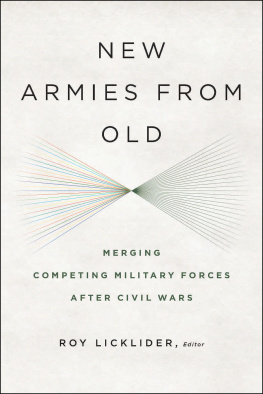

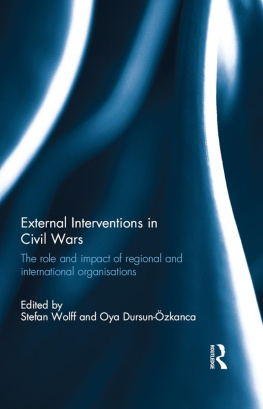
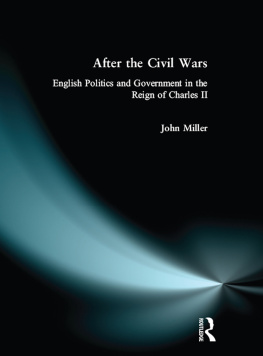
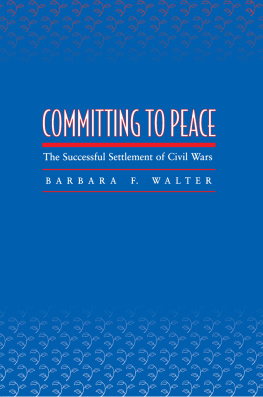
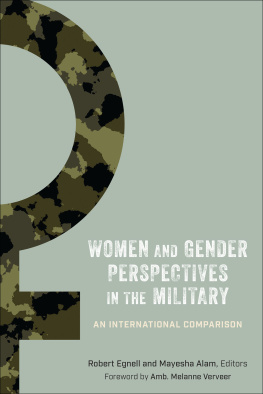
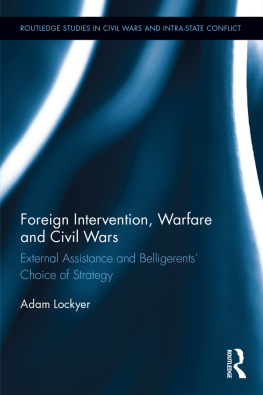
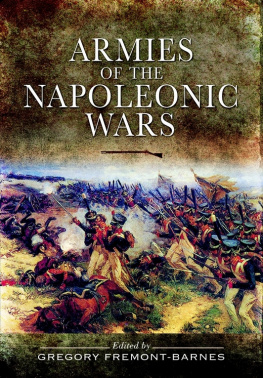



 This book is printed on acid-free paper meeting the requirements of the American National Standard for Permanence in Paper for Printed Library Materials.
This book is printed on acid-free paper meeting the requirements of the American National Standard for Permanence in Paper for Printed Library Materials.